It is unlikely that I have ever dedicated a post to anybody other than Marie and a big black cat—except a manuscript, of course, which was dedicated to the late Gilbert Trigano, heart and soul of Club Med and indirectly responsible for sending me spinning through the wildest years of my adult life—but this post is dedicated to my long-lost friends who still fly commercially, keeping the dream alive. Yes, you.
Well, the first part of this story was already written in 2008 and rather than copy it here, I suggest you pay the original post a visit and then come back.
So this is 2015. Thirty years have lapsed since flight school. In other words, an eternity.
In those days, flight instruments were all analog, and the greatest kid on the block was the new HSI which combined into one display the reading of the ADF, VOR and DG gauges. Don’t know what this means? Simple. Planes used to navigate across continents and oceans at the hands of pilots interpreting multiple analog instruments, each using a needle on a dial to display one single variable out of a complex three-dimensional equation. Instrument flying in those days thus required exceptional spacial visualization skills as you had to superimpose digits, hands and concepts into a moving position. When the HSI (Horizontal Situation Indicator) was invented, it combined three separate gauges to offer the pilot a central point of reference where heading, track and navigational data were combined. We thought it was so cool.
I am talking about prehistorical times here, long before GPS became mainstream enough to offer aviation a reliable, FAA-friendly operational alternative. Glass cockpits were not even on the horizon. Computers were barely reaching into consumer homes—Commodore 64’s and early Macs—and sure had not yet dared venture skywards.
Back then, the mighty Boeing 747, nickname “Jumbo Jet”, was unchallenged as king of the skies. The 747 required a flight crew of three; nothing to do with today’s long-haul crew requirements but rather the sobering fact that the aircraft had so many independent systems, controls, gauges and switches that two pilots could not master the task, nor a typical panel, the space. So imagine when Concorde ventured above the speed of sound, what a cockpit mess it required. The photo below is that of Concorde’s flight deck.
As I look back now, from the leading edge of a comfortably established twenty-first century, I find the evolution of aviation nothing short of breathtaking. Between the Wright Brothers hopping off the ground like over-excited crickets in the very dawn of the twentieth century and my days of glory, eighty years later, the leap had been spectacular. But during the exponential growth that followed to this day, some thirty years later, it has been simply worthy of science-fiction. Sadly, I have been in near-hibernation for most of that time, frustrated out of my flying dreams and turning a cold shoulder to progress.
As I wake up from deep sleep and start interesting myself with all things aviation-related again, having long lost the ability to properly fly an aircraft heavier than my Swing paraglider and given up on all aloft dreams except those of soaring and simulation, I am getting reacquainted with a marvel-like universe where fly-by-wire gargantuan giants dispute the sky with Lilliputians of acute electronic precision. Even Barjavel, Asimov, Clarke and Bach did not prepare me for this.
“So why the awakening?” one might ask. What happened, to be honest, is that while Facebook was extending feelers and tentacles through cyberspace, I caught a glimpse of other people’s lives, old friends I have shared much with in terms of suffering and dreaming. Some are still flying, it turns out. At first, I pretended not to care but stared from the corner of my eye. Jean-Luc flies left seat for a Canadian airline. Alain also is a captain, but abroad, and on the mighty A380. And others keep flying tin, too.
I have an old picture of Jean-Luc and Alain—along with François, bound to be a chopper pilot but whose track I have lost —the four of us improvising a candle-lit dinner in the dark hallway of our college residence (mere rooms, really, in a strangely Le Corbusier-shaped concrete building) and reaching for the stars. As in STAR’s. Get it? Well, I guess you’d have to be a pilot.
From Facebook, as I was wiping a tear off my cheek, I happened to stumble upon a Youtube video that was labelled something like “FSX vs P3D PMDG B777 FPS 30*”. Now if you are anything like me, you can decode that and it becomes a tease. I played it.
FSX is the latest version of the Microsoft Flight Simulator, the X standing for 10. It is the greatest flight sim ever invented but dates back over ten years and was eventually abandoned by Microsoft as it would have required more development dollars than it could yield in retail.
I have known and used the Flight Sim since its early days and remember discovering it back in the late eighties, when it was basically a wire-frame program, with a line for the horizon, crude circles with dials for gauges, and you flew using the keyboard arrows. In those days, I had stopped working as a courier for a friend who had the sim installed on his work PC, and, unemployed, I would arrive at the office after they had packed it in, fire up the computer, fly all night and would still be there, red-eyed, when they arrived in the morning for a day of dispatching and deliveries.
But the sim I discovered recently on Youtube was a mutant. Yes, I had flown FSX when it had come out, and had had great fun with it, and while it had been full color and very detailed, it had also been flawed and limited by its own hurdles, technology-related.
This was something else. Ten years later, I was suddenly realizing that the program had been picked up by an outside company which is actually a major player in aeronautics, development had continued and the result was extraordinary. The sim I was watching in a video was fluid, used up-to-date graphic technology and was enhanced by multiple add-ons built by third-party developers who had kept up with trends.
I sank in almost instantly, or rather I dived in. I purchased, updated, adjusted, tweaked, set, customized and experimented until one day, I sat back from my rig, took a deep breath and whispered: “Wow.”
I was up there. I could touch it all. The clouds were real. The airplanes were real. The scenery was intense. Aerodynamics were accurate. Every inch of my virtual environment was carefully rendered, down to rivets on a wing and the hesitation of an EGT gauge needle past peek leaning. Smoke spat out of starting engines and a spiral turn actually sounded louder as airspeed was increasing. Every single switch in the cockpit could be interacted with and the planes behaved like their real counterparts. Weather was drawn straight from actual reports and mimicked what the local METAR had to say. The effects were mind-blowing. I could see the panel shake at low RPM on a single-engine piston airplane, hear the speed callouts of large jets and feel the torque of a helicopter rotor.
To say that I was blown away would be an understatement.
So while my friends were struggling with low pay, obscure regulations and the incredibly stupid media coverage of impossibly rare crashes, I settled at my desk and took off. Suddenly, the very latest technologies were revealed to me.
Throughout the last decades, airliner cockpits have gone from round analog gauges to square glass and centralized displays. The third seat has permanently vanished. Wires, rather than pilots, are flying most aircraft. GPS is at the heart of navigation. Boeing hangs in there tightly but has to contend with a new rival called Airbus. My old king the 747 has lost its crown to Airbus’ A380 and its full-length double decks, and up to 850 passengers. Marvelous new gems such as the B787 and the A350 are challenging one another and each is more daringly advanced.
On approach, ILS (or landing) minimums have been decreased to a few feet of empty humid air and lowered by three categories, allowing matched aircraft and airports to agree on a full autoland, the pilot only taking over once the plane had slowed down enough along the center-line. Flying has become less of a coordination skill and more of a programming one. Like all things nowadays, it requires a deep understanding of computer systems and where feet, hands and eyes once were the instruments of success, muscle over matter, it is now a game of checklists, procedures, programming and button pushing. And monitoring.
But it remains so much fun. I am able to fly an extraordinary range of planes and helicopters, from single-engine piston midgets to multi-engine jets, in amazingly realistic skies, over mouth-watering scenery and in truer-than-life cockpits, where each switch, button, needle, yoke, lever, console and knob is interactive, aerodynamic characteristics being carefully matched to the real thing.
Granted, it might be a bit reckless. Reality never allowed me to bounce too hard upon landing (I once heard while flying patterns in flight school a controller with a sense of humor clear a student to land “as many times as he wished”). In the sim, skipping checklist items, ignoring the stall warning or pushing the envelope all come too easy. But I try to keep a good perspective and never confuse my computer’s twin LCD displays with being up there. I try and remember respect. A great—if anonymous—aviation quote says: “1. Try to stay in the middle of the air. 2. Do not go near the edges of it. 3. The edges of the air can be recognised by the appearance of ground, buildings, sea, trees and interstellar space. It is much more difficult to fly there.”
And yet whenever I board an actual plane of any size, age and pedigree, my gut tightens. I shall not cry. It is not socially acceptable to let one’s eyes leak the tears of time and regret. Instead, I focus on the my child-like curiosity and feed on moods, sounds, friendly customs and industry eccentricities.
Planes and I go way back, you see. As far as I can remember, my dad worked for airlines, albeit on the ground. Thanks to him we flew to Montreal for free, stand-by but often in first class. As we departed towards Paris, he would lead us through Nice Côte d’Azur’s (NCE) off-limits corridors towards an Air France Caravelle or a BEA Trident. But that was then. The mid-seventies. The specter of terrorism was juvenile and tempered by the funny story of a squad of gendarmes responding to an airport hostage crisis and falling noisily after slipping on their socks—they had taken boots off to be more stealthy in airport silence…
But back to my friends. Often nowadays, as a plane carries me in her womb like a mother her child, helpless, cozy and ever-trusting, I wonder. What if the captain was an old friend, walked out of the flight deck and we bumped into each other, instantly taken back decades to an isolated airport in Quebec and a fleet of bright orange Beechcraft wonders. What would we say to each other? Look at you! How have you been? Wow. Words would trail off, too much to say and too little time. Life-changing decisions. A huge operational gap. Policies and procedures. A few inches around the waist.
I would likely bow, or salute. Yeah, I am part of the cattle now. How is the airline treating you? He or she would laugh, Well you know. A head shaken, shoulders raised. Some things cannot be said aloud, aloft, not even to old friends.
Still. They are living the dream, and of that, I am forever jealous. I only hope that my failure resulted in a secondary success. Maybe a tiny bit of post-traumatic wisdom. One dream lost is another dream found, and that one lives at my side now, and me at hers. And of course, I now have the ultimate honor and privilege of delighting you the reader with this self-absorbed and geekily naive story.
We are what we do. Or was it the other way around?
Note: The in-flight cloud pictures were shot on a real cattle flight from LGA to YUL and back. Exceptionally, other images are not directly my creations. These simulator images are just screenshots I took during simming, for the pleasure of the eye. I find them beautiful in their recreation of a reality that is as beautiful. While I was actually flying the aircraft, I could position a camera on the outside. For most of these, I ignored proper IFR procedures and just flew around so that I could grab nice looking scenes. So if peeking carefully, you will likely find radios or instruments set incorrectly. Mea culpa.
• ♦ •
*Flight Simulator X vs Prepar3D (two flight simulators), flying the Boeing 777 add-on made by Precision Manual Development Group, at 30 frames per second.

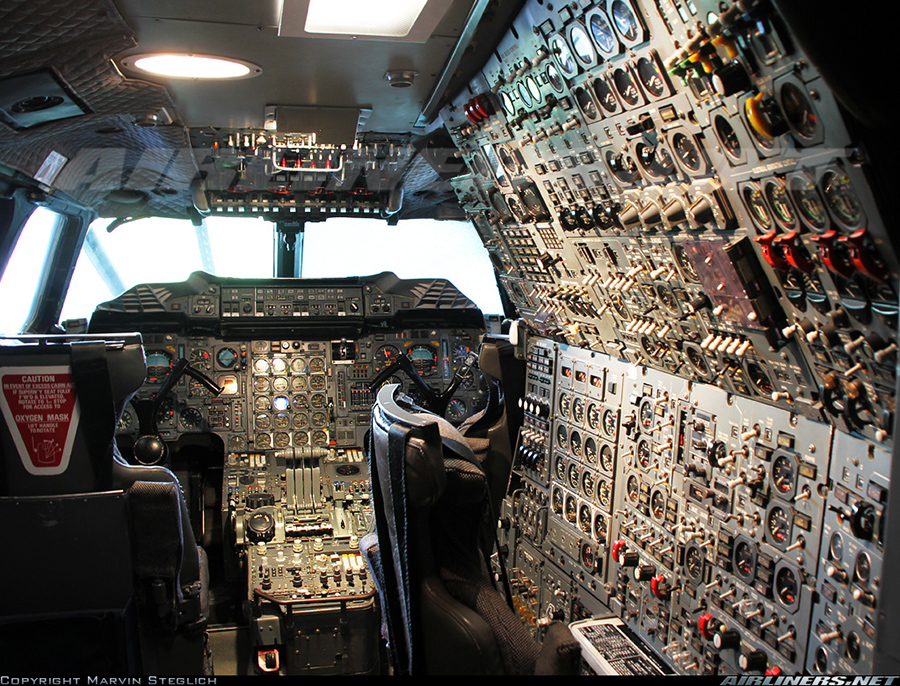
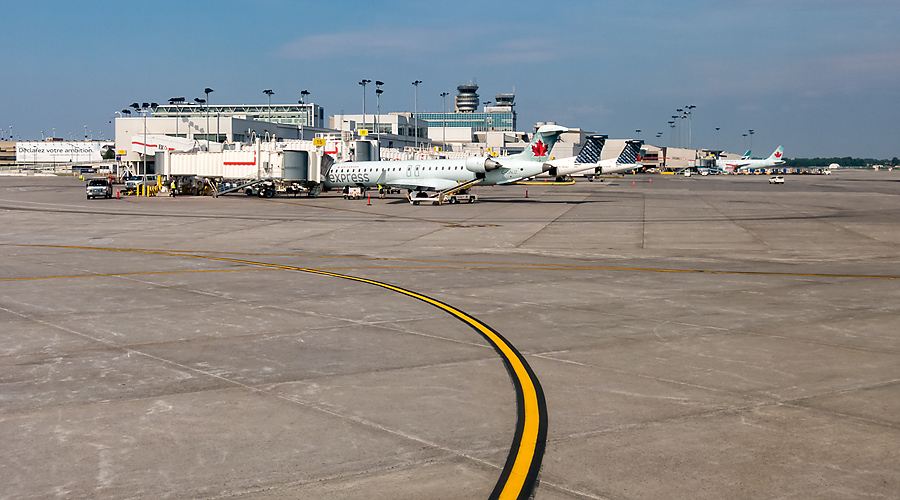
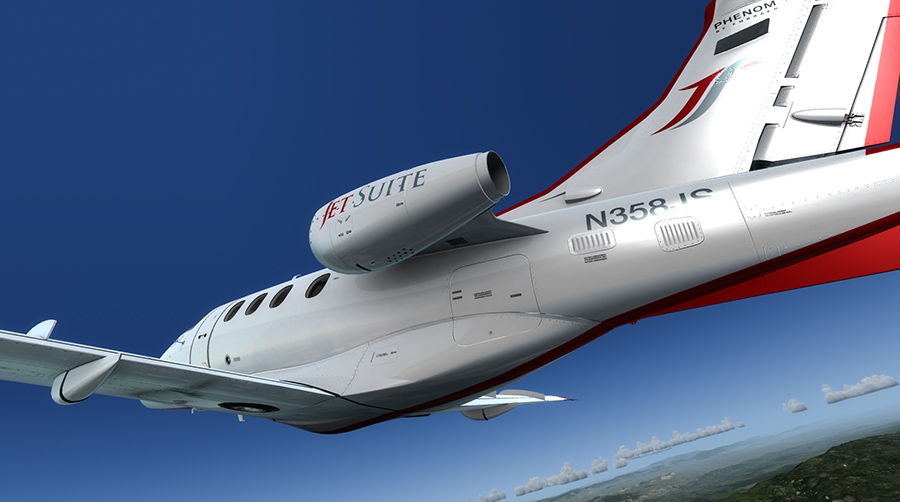
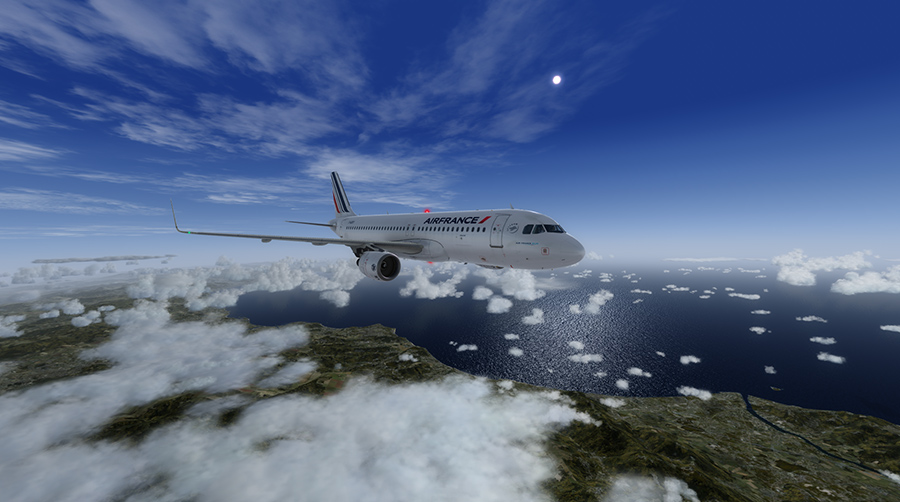
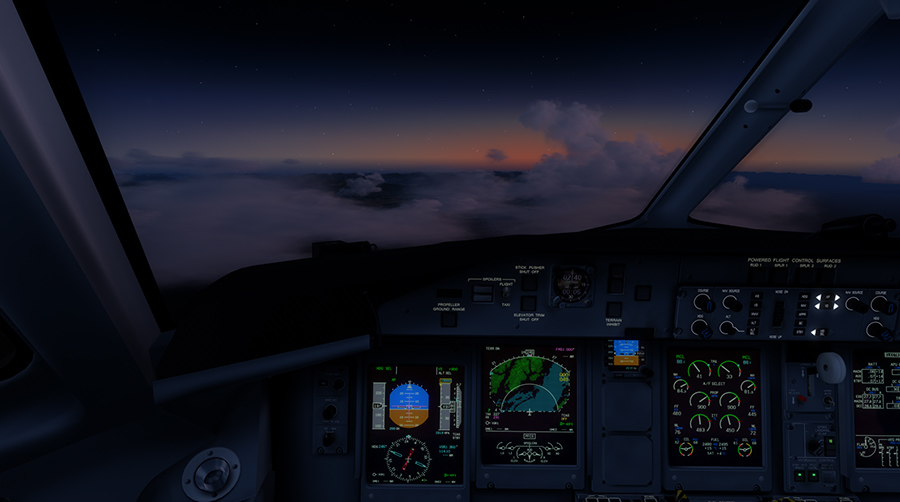
Comments
Marie
Germaine Versailles
Kath
Natasha
Vince